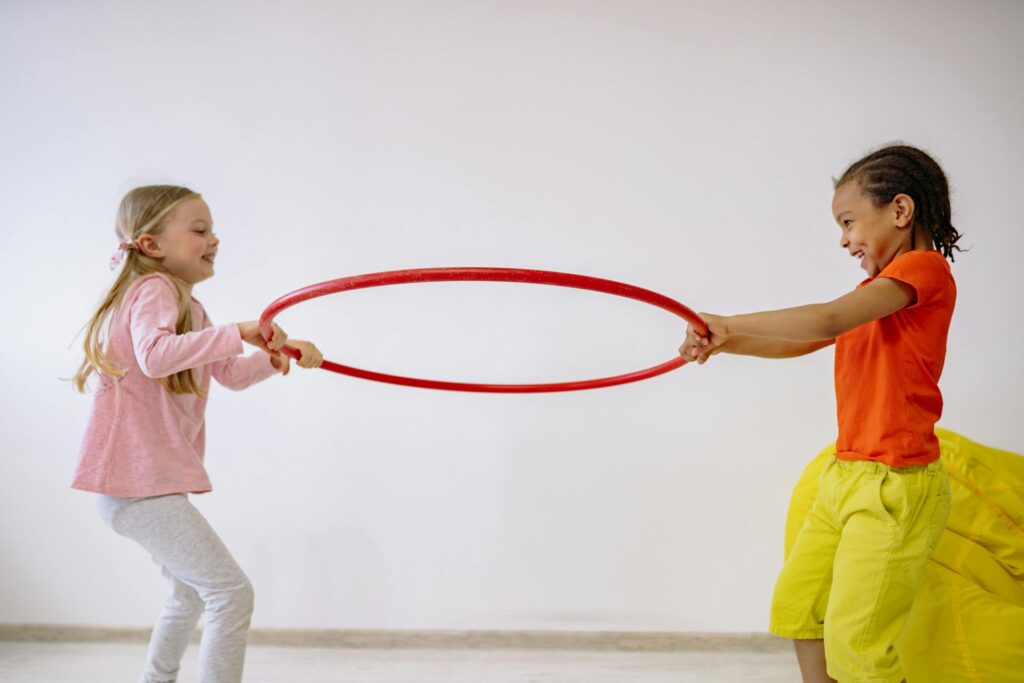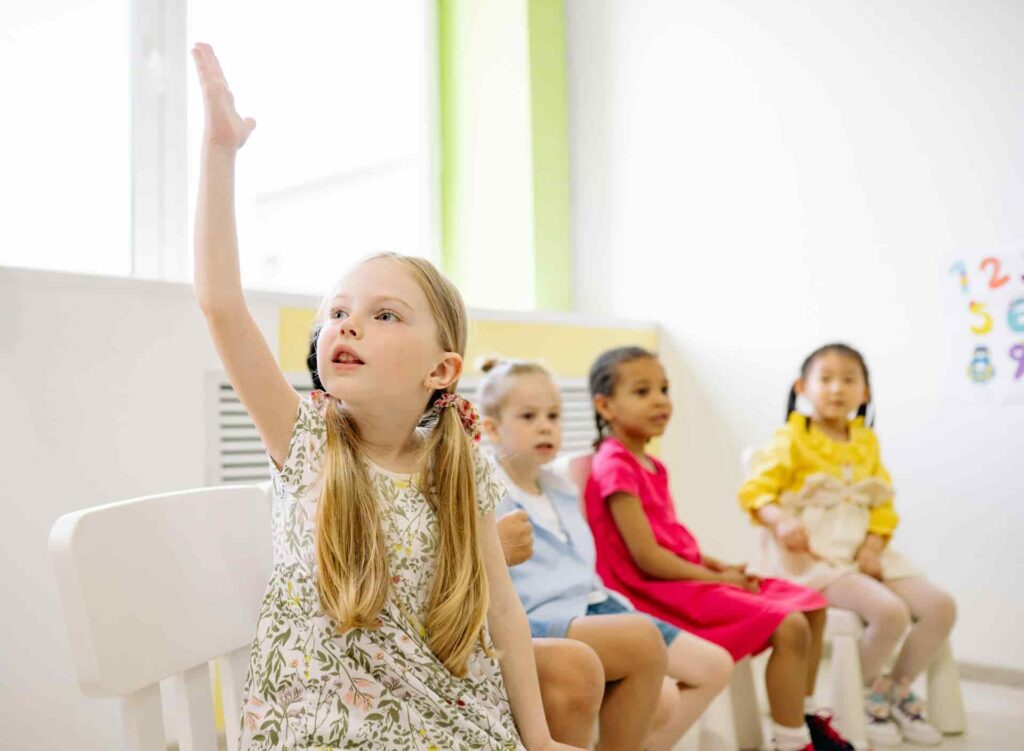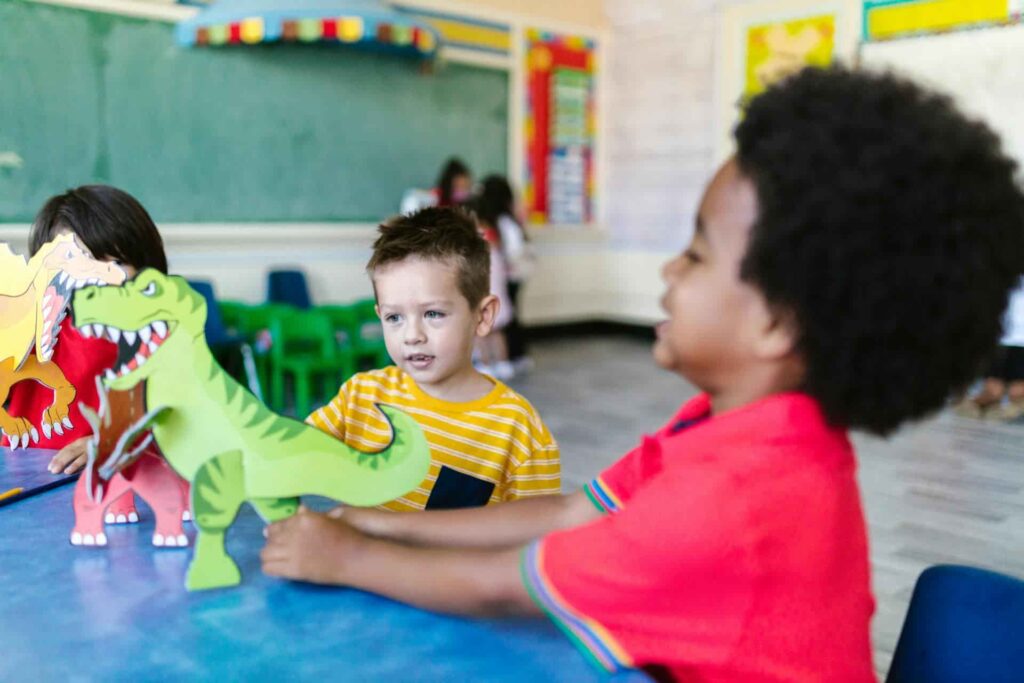Table of Contents
Table of Contents
Table of Contents
Aerobics for Preschoolers: A Fun Way to Boost Health and Development

Introduction
Engaging preschoolers in physical activity from an early age sets the foundation for a healthy lifestyle. Aerobics for preschoolers is one of the most effective and enjoyable ways to introduce young children to exercise. With its focus on movement, rhythm, and coordination, aerobics can provide both physical and cognitive benefits for children aged 3 to 5.
In this article, we’ll explore the advantages of aerobics for preschoolers, share fun routines, and discuss how parents and educators can incorporate activities that inspire enthusiasm for movement.
Benefits of Aerobics for Preschoolers

Aerobics offers more than just physical fitness. Let’s break down its multifaceted advantages:
1. Physical Health Improvement
Aerobics helps preschoolers develop strength, flexibility, and cardiovascular health. At an early age, these activities promote better posture, stronger bones, and healthy muscle growth. For instance, fun cardio workouts like simple jump sequences or dancing to upbeat music encourage endurance.
2. Boosting Cognitive Skills
Aerobics also improves memory and concentration. When preschoolers follow structured moves like clapping, jumping, and hopping in a sequence, they enhance their ability to focus and process instructions. Activities like “GoNoodle workouts” are a perfect example, as they combine fun movements with interactive learning.
3. Emotional and Social Development
Group aerobic exercises foster collaboration and communication. Preschoolers learn to share, take turns, and enjoy teamwork. Fun at-home exercises or family-friendly workouts allow children to bond with their loved ones, building emotional resilience.
4. Creating Healthy Habits
Aerobics for preschoolers instills the idea that exercise is fun, creating a lifelong association with movement and health. When children see workouts as playtime, they are more likely to remain active as they grow older.
How to Get Started with Aerobics for Preschoolers

1. Create a Routine
Establishing a consistent schedule is key. Whether you dedicate 15 minutes daily or a few sessions per week, consistency helps preschoolers look forward to the activity.
2. Focus on Fun
The most fun exercise for preschoolers involves music, colorful props, and imagination. For instance, dancing with scarves, imitating animal movements, or marching to music are excellent ways to engage children.
3. Keep Activities Age-Appropriate
Preschoolers have shorter attention spans, so aerobic sessions should be simple and energetic. Workouts for 12-year-olds or middle schoolers, which often include structured routines, might be too advanced. Instead, opt for easy fun workouts like hopping in place, jumping jacks, or playing “Follow the Leader.”
Examples of Aerobic Activities for Preschoolers

1. Dance Aerobics
Dancing is a favorite among preschoolers. Fun dance exercises combine music and movement, allowing kids to express themselves while staying active.
2. Animal-Themed Movements
Encourage children to crawl like a bear, hop like a bunny, or stretch like a cat. These movements are entertaining and help with coordination.
3. Simple Yoga Poses
While not traditional aerobics, yoga-inspired moves like “tree pose” or “downward dog” offer a calming yet active routine.
4. GoNoodle Workouts
GoNoodle workouts are an excellent tool for introducing preschoolers to aerobic exercises. These interactive videos combine music and easy movements that preschoolers can follow.
5. Family-Friendly Workouts
Incorporate fun core exercises or family activities like tossing a soft ball, dancing in the living room, or stretching together. This encourages bonding while ensuring physical activity.
Incorporating Aerobics in Educational Settings

Preschool teachers can include aerobic activities as part of the daily curriculum. Short sessions between lessons, such as a 5-minute dance or jumping routine, help children refocus and stay energized.
Ideas for Classroom Aerobics:
- “Simon Says” with Movement: Add physical challenges like jumping or spinning.
- Music Time: Play upbeat songs for dancing.
- Storytime Stretching: Act out movements related to a story.
Adapting Workouts for Home

Parents often wonder how to keep preschoolers active at home. Easy fun workouts, such as following along to videos or playing simple games, make this manageable.
Here are a few suggestions:
- Fun Couples Workouts: Parents and children can partner up for simple activities like passing a ball or dancing.
- Exercises for Students at Home: Utilize spaces like living rooms for activities like jumping rope or balancing on one foot.
Challenges in Engaging Preschoolers

While aerobics for preschoolers is beneficial, some children might resist physical activity. Here’s how to address common challenges:
1. Lack of Interest
If children seem uninterested, try introducing variety. Workouts for 9-year-olds or 11-year-olds, such as dance-based or imaginative exercises, can inspire ideas for creating engaging routines for preschoolers.
2. Limited Space
Living in small apartments? Opt for exercises that don’t require much room, like hopping in place, dancing, or stretching.
3. Keeping Attention
Children might lose focus quickly. Combine activities like fun cardio workouts or storytelling with movements to keep them engaged.
Long-Term Benefits of Regular Aerobic Activity

The benefits of aerobic activity extend beyond physical health:
- Better Academic Performance: Studies show active children perform better in school.
- Reduced Risk of Obesity: Establishing exercise routines at an early age helps prevent health issues later in life.
- Improved Mental Health: Physical activity boosts mood and reduces anxiety.
Conclusion
Aerobics for preschoolers is a valuable tool for fostering a love for physical activity. By focusing on fun, variety, and simplicity, parents and educators can ensure young children embrace movement. From family-friendly workouts to GoNoodle sessions, there are countless ways to make exercise enjoyable for preschoolers.
Encourage your child to explore the joy of aerobics today—it’s a gift that keeps on giving for a lifetime!

